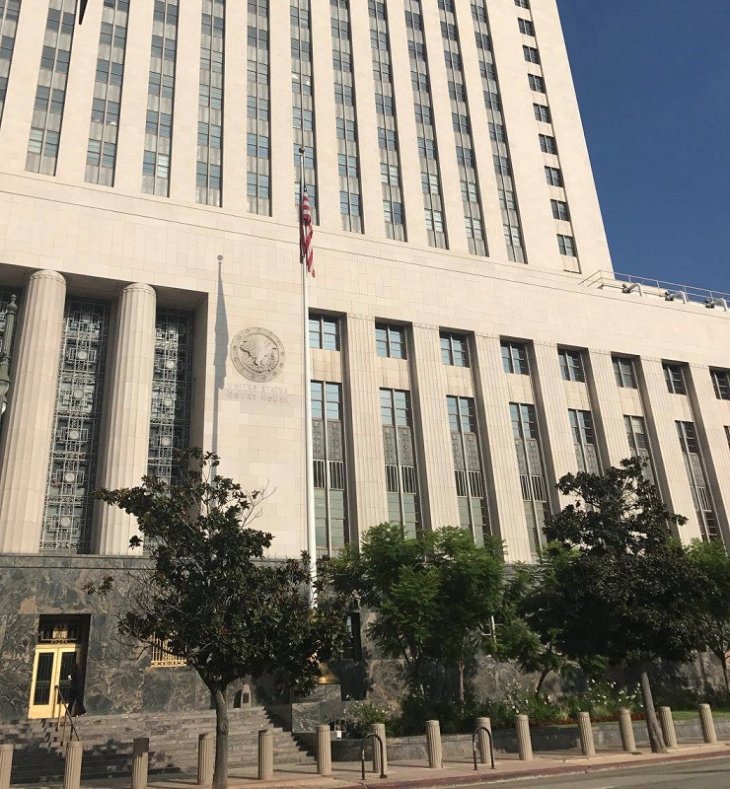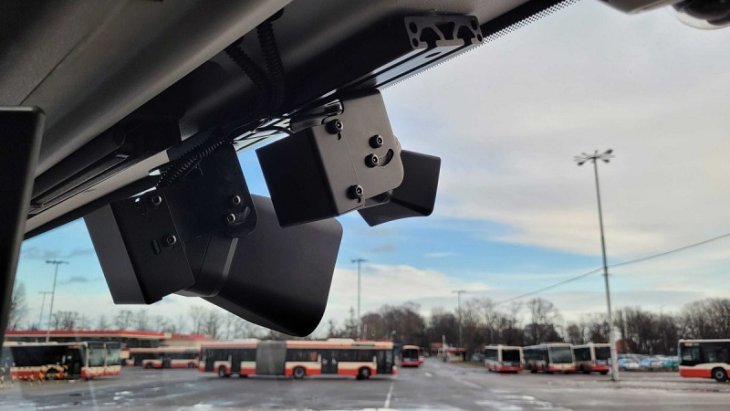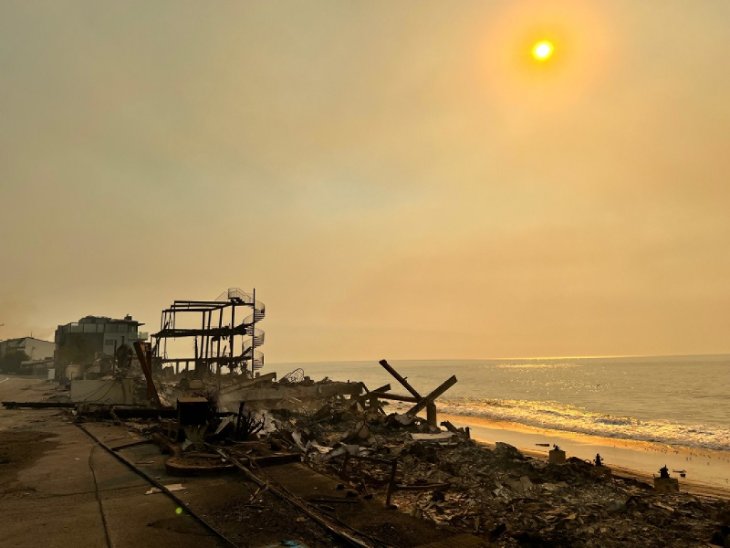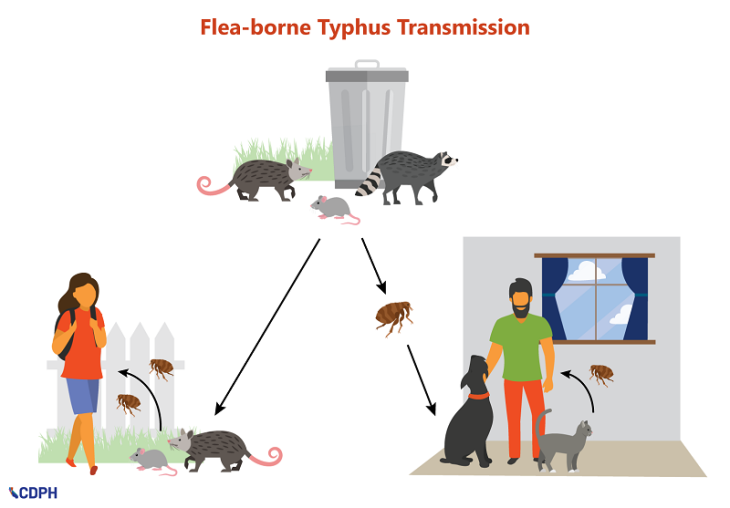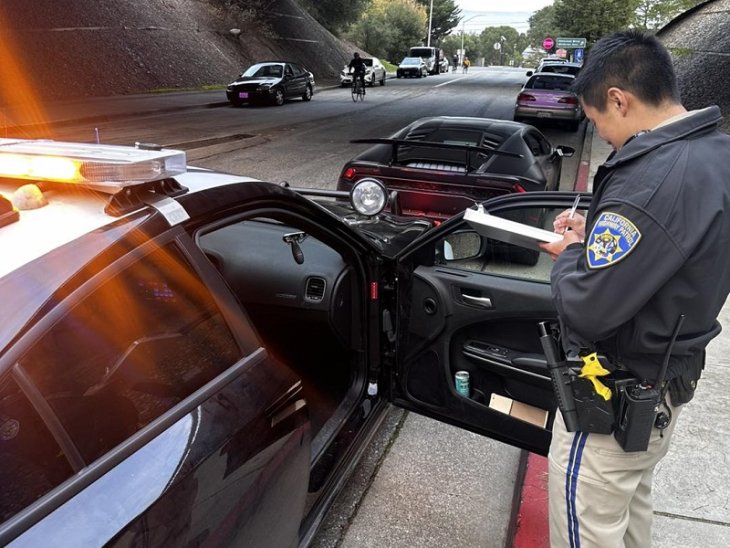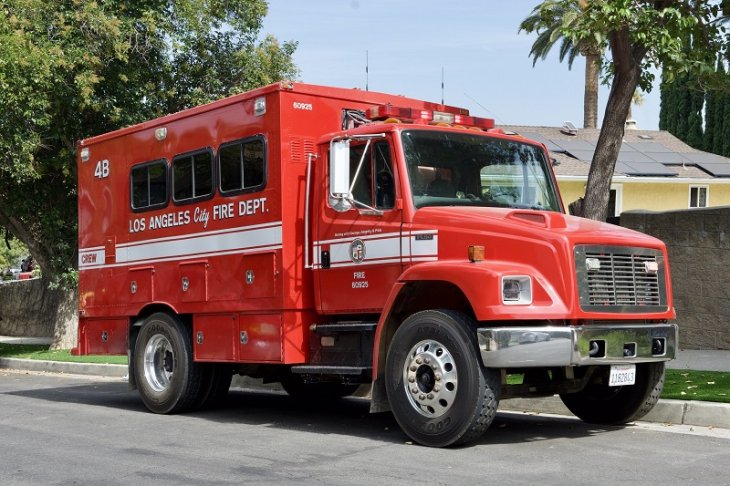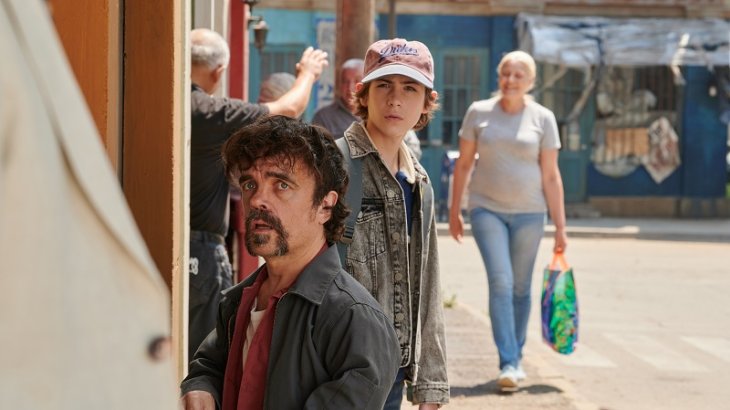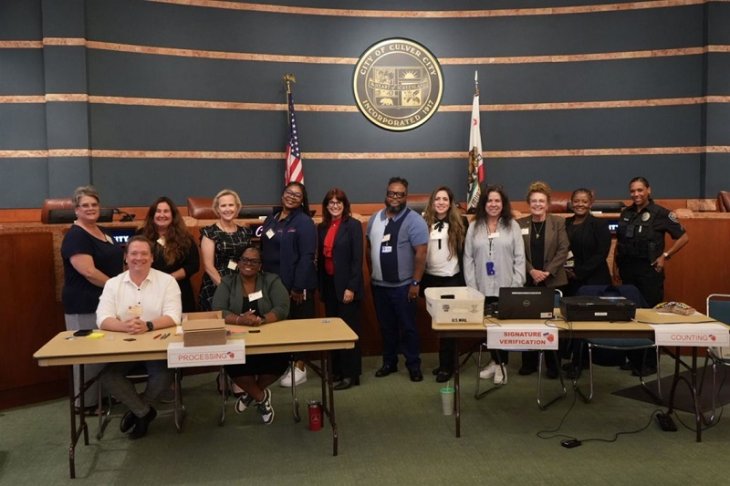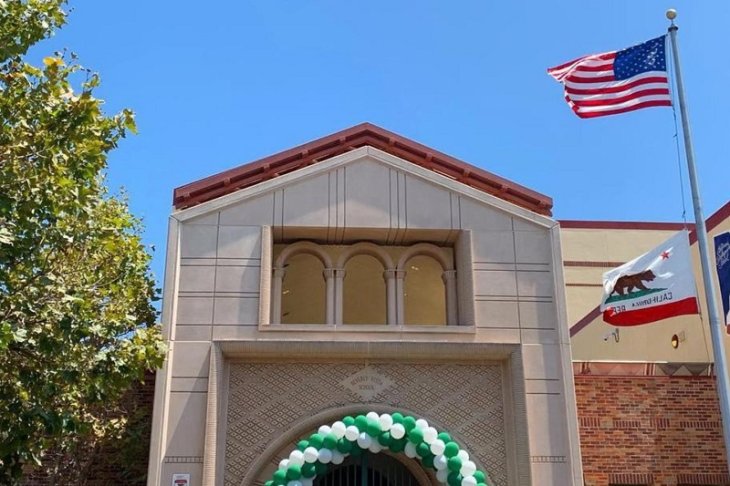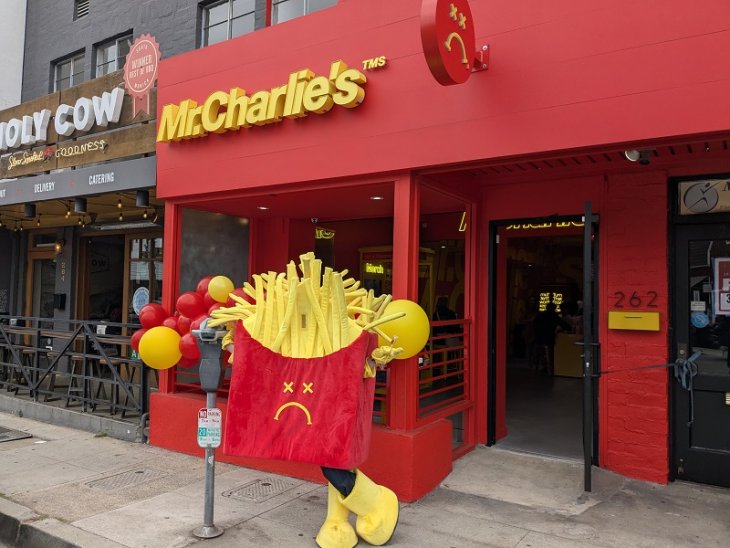Metro estimates that 800 people use Metro train and rapid transit bus stations as shelter each night
By Dolores Quintana
When the Metro Los Angeles trains end their runs around midnight every night, Metro employees must empty the trains of anyone on board so that trains can be cleaned and repaired in the Metro maintenance yards. Homeless passengers who have taken shelter on the trains are frequently forced out into the cold and sometimes inclement weather outdoors. Safety issues preclude any passengers from entering the maintenance yards.
Metro Los Angeles is considering a plan where service hubs would be opened near the termini of the train lines in the Metro rail system. It is well-known that trains and buses in the Los Angeles Metro system are frequently used as places of shelter by homeless people and Metro allows these unhoused people to ride for free on buses and trains until they are taken out of service for the night.
“While transit vehicles and stations are not designed to be used as a shelter or viewed as an encampment, the system provides refuge from the cold weather during the winter and the heat in the summer,” reads a Metro report
Metro estimates that 800 people use Metro train and rapid transit bus stations as shelter each night. The terminus of the A Line train in Long Beach is a particularly poignant example of this procedure every night. The average count of unhoused riders being expelled from the trains is 39 people Metro did a count between December 7 and 10 and December 12 and 13 last year and they found that a total of 234 people were expelled from the out-of-service A Line trains at the end of the night. When Metro took a survey of 44 of the homeless passengers, they found that 30 had no place to stay and 10 stated that they did have someplace where they could stay within the past few weeks.
Metro first passed a motion to examine the problem and find solutions in the fall of 2022 and has now progressed to the program that is now being considered. The program will assess the ability to provide a full-service homeless outreach plan” for terminus stations for all lines. The Metro report stated, “Metro’s primary role is that of a transit operator, not a homeless service provider, yet the magnitude of the crisis requires all hands on deck.”
The effort will include Metro staff finding “in-house and outside key partnerships” like organizations in the community and municipalities who could “assist the unhoused riders with the services needed at the end of service hours.”
The unresolved issues with unhoused people, some of whom have mental health or substance abuse problems, affect not only other Metro passengers but Metro employees like the custodial staff. CEO Stephanie Wiggins said, as quoted by The Los Angeles Daily News, “Our custodial staff who clean the system, because of increased assaults, and an increase in unhoused sheltering, have put us in the position where our custodians and service attendants are afraid to do their job without a security escort.”

